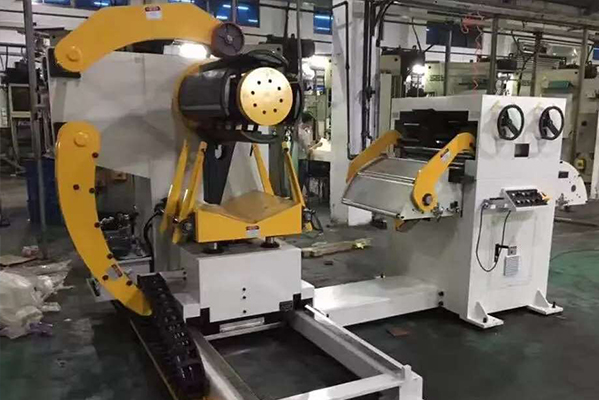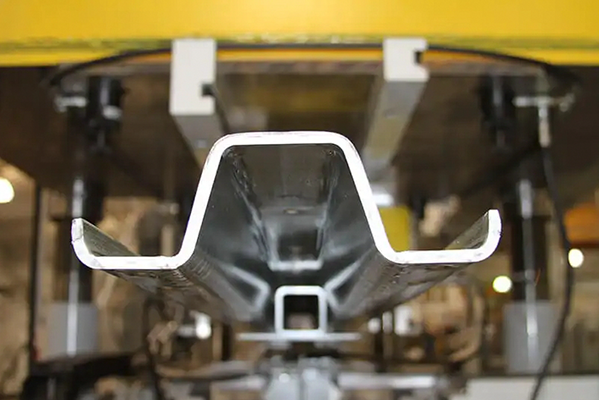Navigation Menu
Contact Us
- Email:
- info@wxavatar.com
- Address:
- Yurong Village, Yuqi Street, Huishan District, Wuxi, China.
Release Date:May 06, 2025 Visit:51 Source:Roll Forming Machine Factory
Roll forming machines have come a long way from their simple beginnings. Today's manufacturers are constantly finding ways to make them faster, smarter, and more adaptable. Here's a look at some of the most practical innovations that are making a real difference in shops right now.

1. Smarter Controls That Learn as They Go
The latest roll formers are getting brains. New control systems can now remember settings for different jobs, automatically adjust for material variations, and even predict when parts might need maintenance. It's like having an experienced operator built right into the machine – one that never gets tired or forgets settings.
2. Quick-Change Tooling That Saves Hours
Changing over a machine for different products used to mean hours of downtime. Now, tooling systems allow operators to switch between jobs in minutes instead of hours. Some advanced systems even use hydraulic or magnetic tooling that clicks into place with minimal manual adjustment.
3. Built-In Quality Checks
Instead of waiting until the end of a run to spot problems, new machines have eyes along the entire forming process. Laser measurement systems and cameras constantly check dimensions and surface quality, flagging any issues immediately. This means less wasted material and fewer do-overs.
4. Stronger, Lighter Materials in the Machines Themselves
The machines are getting upgrades too. New alloys and composite materials in rollers and frames make them last longer while keeping them easy to handle during maintenance. Some manufacturers are even using special coatings that reduce friction without constant lubrication.
5. Better Integration With Other Shop Equipment
Modern roll formers don't work alone. They're designed to connect seamlessly with cutting, punching, and finishing equipment down the line. Some can even share data with inventory systems to automatically reorder materials when stocks run low.
What This Means for Shops
These improvements add up to machines that:
Produce more parts with fewer errors
Handle smaller batches economically
Require less skilled labor to operate
Stay running with less downtime
While the core idea of roll forming hasn't changed – metal goes in, shaped parts come out – how we get there keeps getting better. The best part? Many of these upgrades can be added to existing machines, so shops don't always need to buy brand-new equipment to benefit.
For manufacturers looking to stay competitive, keeping an eye on these developments could mean the difference between struggling to keep up and leading the pack. The future of metal forming isn't some far-off concept – it's happening right now on shop floors everywhere.

Got a specific challenge in your forming process? There's a good chance someone's working on a solution for it right now. The industry's problem-solvers are always finding new ways to make these workhorses even more capable.